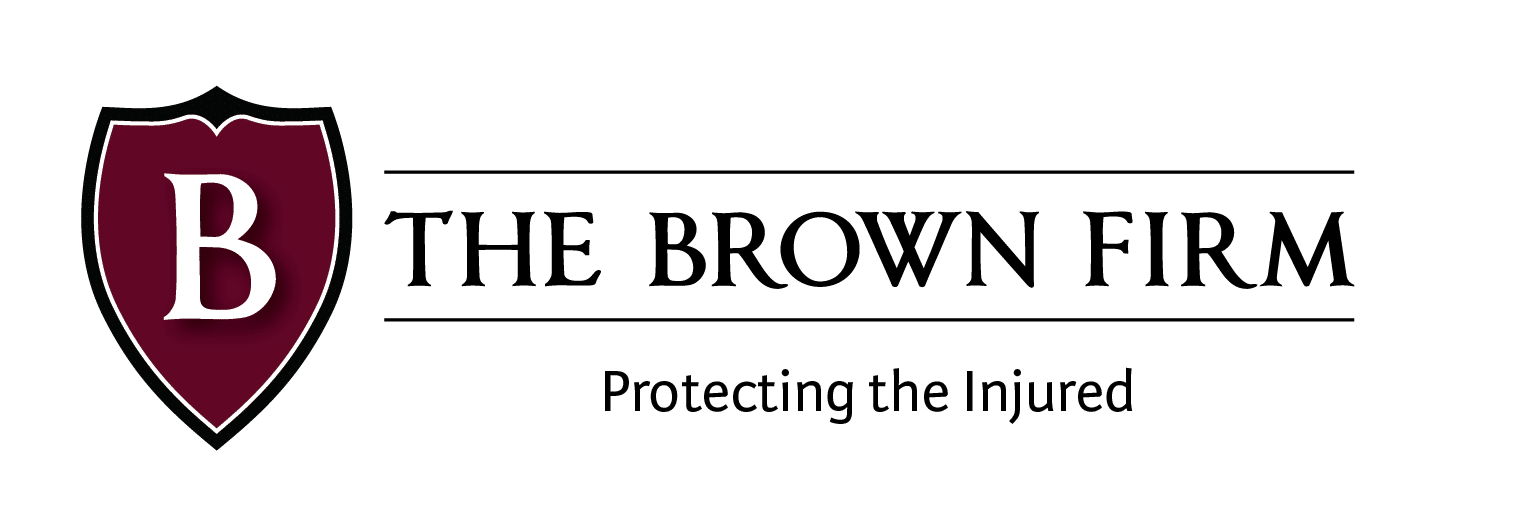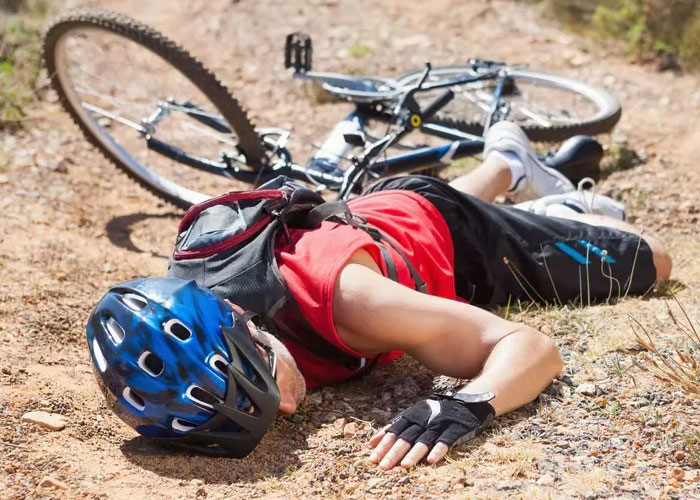Bicycle Accidents: A Growing Concern for Urban Cyclists
As more people ride bicycles for transportation and recreation, bicycle accidents are becoming an increasingly common and concerning safety issue. Biking provides many benefits like reducing traffic congestion, improving health, and lowering carbon emissions. However, accidents resulting in injury or death create risks that can discourage cycling. This is especially troubling in urban areas where short trips by bicycle could replace many car trips.
In 2022, there were 1,105 fatal cycling accidents in the US, a 13% increase on the previous year and the highest figure ever recorded. In fact, bicyclists accounted for 3% of all deaths on roads that year. In addition to fatalities, a further 130k bicyclists are injured in traffic accidents, which costs the US $23 billion per year in lost productivity and healthcare.
Understanding the common causes of bicycle accidents and implementing infrastructure improvements, education campaigns, and legislation to enhance safety is crucial for growing bicycle use in cities while protecting riders.
Common Causes of Urban Bicycle Accidents
Infrastructure Issues
Poorly designed and maintained infrastructure contributes significantly to bicycle crashes in cities. Areas lacking dedicated bike lanes force cyclists to share the road with fast-moving vehicular traffic. Potholes, train tracks, sewer grates, and debris also endanger riders. Intersections are particularly high risk due to conflicts with turning vehicles. Insufficient lighting at night exacerbates these infrastructure risks. Cities investing in networks of protected bike lanes, bike-friendly intersection redesigns, maintenance programs, and lighting improvements can greatly reduce bicycle accidents.
Dooring Collisions
Dooring refers to a vehicle occupant opening a door into an adjacent bike lane, striking a cyclist. These dooring collisions cause over 12% of urban bike crashes, often leading to severe injuries. Parked cars pose the biggest dooring threat as drivers rarely check for oncoming cyclists before exiting. Cities can install buffered bike lanes to provide space between parked cars and passing riders. Strict dooring penalties for drivers also help encourage more diligent dooring prevention.
Driver Error & Aggression
Driver mistakes and aggressive behaviors are factors in many urban bicycle crashes. Drivers turning into or across the paths of cyclists cause frequent serious collisions. Failing to yield, speeding, unsafe passing, and road rage also endanger cyclists. Distracted driving has worsened these issues. Cities implementing strategic traffic calming infrastructure, enforcing road sharing laws, and running safe driving campaigns targeted at motorists can help address these behaviors and mistakes.
Cyclist Risky Behavior
Unsafe cycling behaviors are factors in some urban bicycle crashes. Cyclists disobeying traffic laws by running red lights or stop signs, riding the wrong way, or swerving unpredictably increase accident risks. Lack of lighting at night, not wearing helmets, and distracted cycling also endanger riders. Bicycle safety education programs, enforcement of laws for cyclists, and promoting helmet use and lighting can help mitigate these unsafe cycling behaviors.
Increasing Safety Through Infrastructure Improvements
Protected Bike Lanes
Dedicated bike lanes with physical barriers between cyclists and vehicular traffic have proven very effective at reducing crashes. These protected lanes using curbs, planters, parked cars or posts give riders space while eliminating dooring and passing risks. Cities worldwide who have installed protected bike lane networks have seen accident rates drop by over 50% versus comparable streets with just painted bike lanes or no bike lanes.
Intersection Redesigns
Intersections are high danger zones for cyclists. Bike boxes allow cyclists to move to the front of traffic at red lights to gain visibility and get a head start when the light turns green. Bicycle traffic signals give riders a dedicated crossing phase separated from turning vehicles. Roundabouts slow traffic and reduce intersection crossing points. Such bike-friendly intersection designs can significantly improve safety.
Maintenance & Lighting
Consistent street maintenance to fix potholes, sewer grates and other hazards coupled with installing reflective lane markings and street lighting focused on bike lanes helps prevent nighttime and road defect-related crashes.
Promoting Safe Cycling Through Education
Bicycle Safety Courses
Education programs teaching traffic laws, bike handling skills, route selection, hazard avoidance and helmet use help cyclists stay safe through informed decision making. Bike safety is often neglected in traditional driver’s education. Dedicated bike safety courses in schools, community centers or by advocacy groups can effectively fill this instruction gap.
Public Awareness Campaigns
Mass marketing campaigns using social media, posters and events promote safe cycling and driving practices to the general public. Safety tips for drivers regarding dooring prevention, yielding to bikes and avoiding distractions combined with messages reminding cyclists to follow traffic laws, use lights and wear helmets improve overall road safety.
Encouraging Safe Behavior Through Legislation
Door Opening Regulations
Laws fining drivers for dooring cyclists and requiring occupants to use their right hand to open doors create constant dooring awareness. Strict liability dooring laws presume the driver to be at fault in dooring crashes. These laws compel drivers to actively look for bicyclists before opening doors.
Vulnerable Road User Laws
Increased penalties for drivers who injure or kill “vulnerable” road users like cyclists and pedestrians will help reduce accidents. By legally classifying cyclists differently than cars, these statutes better protect bike riders by deterring dangerous driving around them.
Distracted Driving Bans
Crackdowns on distracted driving including banning hand-held cellphone use help curb a major source of driver errors endangering cyclists. Keeping drivers focused on the road is crucial for bike accident prevention.
Bicycle use in cities continues to grow, but unsafe cycling conditions result in preventable accidents, injuries and fatalities. Improving infrastructure by installing protected bike lanes, making intersections bike-friendly, and maintaining roads enhances safety. Educating cyclists and drivers through courses and public awareness campaigns encourages cautious road sharing. Passing and enforcing regulations that hold drivers accountable for endangering cyclists also helps deter accidents. Implementing such comprehensive measures can make the streets very safe for urban bike riding.
Eliminating cycling dangers will allow the full benefits of bicycles for transportation, health and the environment to be realized while saving lives.
If you’ve been injured while bicycling, contact us today. You can visit one of our offices at the addresses below:
- 7176 Hodgson Memorial Drive, Savannah, GA 31405
- 320 East Clayton Street, Athens, GA 30601
- 197 14th St. NW, Suite 200, Atlanta, GA 30318
- 110 Traders Cross #226, Okatie, SC 29909
Or call now for a free consultation on (800) 529-1441.
Ready to Talk to a Lawyer Who Has Your Back?
Contact The Brown Firm
Get the Answers and Compensation You Deserve
You’ll notice the difference when you contact The Brown Firm! Our local dedicated attorneys want to help you recover and rebuild.
Schedule your free consultation by calling (800) 529-1441 or completing our simple online form.


